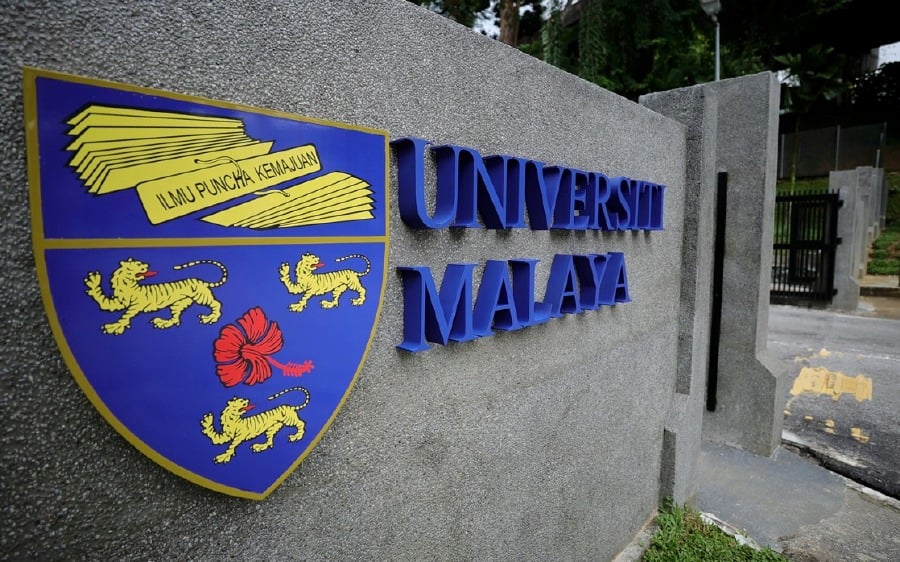
Image credit: NST
Universiti Malaya (UM) has solidified its position as Malaysia’s top-ranked university, rising two spots to 58th globally in the QS World University Rankings 2026. Regionally, UM was ranked 16th in Asia and led the country in five out of nine performance indicators, particularly excelling in employer reputation (40th) and academic reputation (58th).
Following UM, Universiti Kebangsaan Malaysia (UKM) improved its standing significantly, climbing 12 places from 138th to 126th. Universiti Putra Malaysia (UPM) and Universiti Sains Malaysia (USM) shared third place nationally, both ranking 134th globally after gaining 14 and 12 positions, respectively.
Universiti Teknologi Malaysia (UTM) also made notable progress, rising 28 spots to 153rd, making it the only other Malaysian institution within the global top 200.
Sunway University and Universiti Utara Malaysia (UUM) broke into the top 500 for the first time, ranking 410th and 491st, respectively.
Malaysia Shows Strongest Improvement Rate Globally
According to QS, 70% of Malaysia’s 32 ranked universities moved up in this year’s rankings—the highest rate of improvement worldwide among countries with at least 10 ranked institutions.
Malaysia now boasts 10 universities in the global top 500, two more than last year, ranking it joint fourth in Asia in terms of top-performing institutions.
Malaysian universities collectively outperformed the global average in five key indicators, including:
- Academic reputation
- International research network
- Faculty-student ratio
However, performance dipped in the remaining four indicators, with the most significant decline in employment outcomes, which QS identified as a pressing challenge for the country.
QS: Malaysia Must Address Employability and Research Gaps
Ben Sowter, QS Senior Vice-President, acknowledged Malaysia’s progress but emphasized areas needing attention:
“Malaysia’s universities have made impressive gains, but there’s still untapped potential—particularly in employability, sustainability strategies, and research output. These elements are central to sustained excellence.”
He added that as Malaysia competes with regional peers like Singapore, South Korea, and Vietnam, targeted investment in these areas is crucial to enhancing global competitiveness and producing a future-ready workforce.
“In an AI-driven, rapidly evolving global landscape, higher education institutions must equip graduates with both technical skills and human-centric competencies to lead innovation and adapt to change.”
Global and Regional Highlights
The QS World University Rankings 2026 assessed over 1,500 institutions across 106 countries and territories, using nine key indicators:
- Academic reputation
- Employer reputation
- Faculty-student ratio
- Citations per faculty
- International faculty ratio
- International student ratio
- International research network
- Employment outcomes
- Sustainability
Globally, the Massachusetts Institute of Technology (MIT) retained the top spot for the 14th consecutive year. Imperial College London remained second, while Stanford University climbed to third. University of Oxford and Harvard University each moved down a rank to fourth and fifth, respectively.
In Asia, National University of Singapore (NUS) was the region’s top performer and eighth globally, followed by the University of Hong Kong and Nanyang Technological University (NTU).
Source: FMT
Tap here to give us a ‘Like’ on Facebook and stay up-to-date on the latest news!





